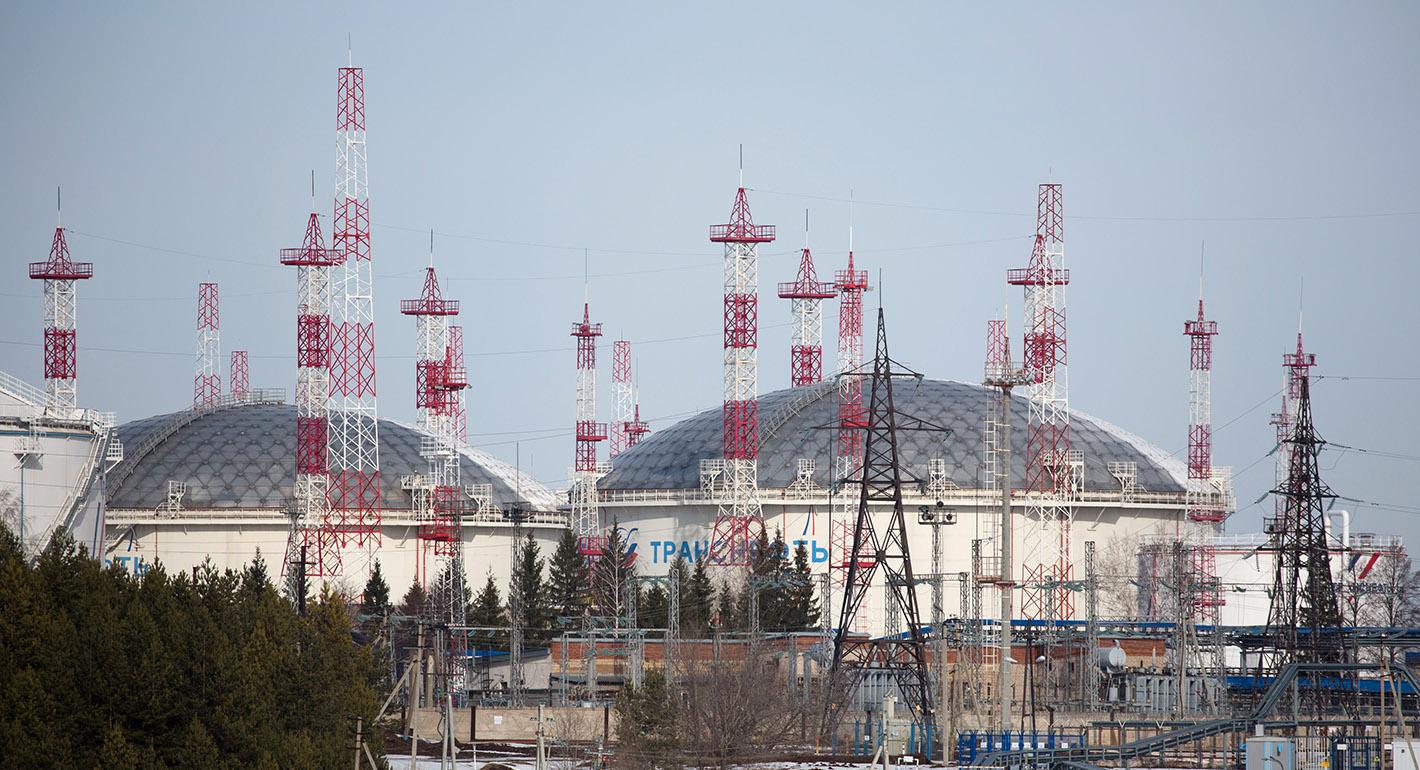“Sanctions don’t work” is one of the oft-repeated refrains of Russian propaganda. The Kremlin likes to insist that threats by Western leaders to strangle the Russian economy have come to nothing, and that Russia has adapted to the restrictions and is even experiencing economic growth.
In fact, the picture is a lot less rosy upon closer examination, but it’s true that sanctions are not perfect. While the West has realized that the confrontation with Russia is likely to last a long time and is adjusting its policies accordingly, most sanctions have not been changed since they were imposed at the start of the full-scale invasion of Ukraine in 2022, and are poorly suited to the task of Russia’s long-term containment.
One illuminating way of assessing the effectiveness of Western sanctions is to use the economist Adam Smith’s three factors of production: land, labor, and capital.
Land, or rather subsoil, provides Russia with revenue in the form of natural resource exports—above all, oil. The West has tried to limit these revenues by halting its purchases of Russian oil and introducing a price cap.
Russia overcame the first restriction by rerouting oil exports to Asia. The second restriction was supposed to allow Russian oil to be traded on global markets while reducing the Kremlin’s revenue. Russia has managed to circumvent this restriction too, by using a shadow fleet of tankers and non-Western traders and insurers.
It’s true that redirecting oil exports imposes extra costs on Russia, and the West continues to take measures to increase those additional costs, such as by sanctioning shadow tankers. Once it’s been sanctioned, a tanker can never return to the market. Nor is the number of shadow tankers infinite.
Still, the West has failed to deprive Russia of its oil export revenues, and the nature of Russia’s tax system means that fluctuating sales costs have little impact on what the government receives. They do, however, reduce the inflow of foreign currency and cut the income of oil companies—which could lead to future declines in production.
When it comes to capital, the situation is more complicated. A de facto ban on borrowing in the West has effectively stopped Russia from being able to borrow on global markets as a whole. While this has not much affected a country that has traditionally been a net capital exporter, it has fueled increased ruble volatility. The exchange rate has become ever more closely tied to the import-export balance because there is no longer any foreign investment to mitigate swings in value.
Russia can compensate for a fall in revenues from natural resource exports using its gold and currency reserves, as well as the effect of shrinking imports. But reserves are not infinite, and there is a limit to how far imports can contract.
Lifting Western sanctions on exports of consumer goods to Russia could accelerate Russia’s capital outflow without enhancing its ability to wage war. But these sanctions remain in place—even though the last two years have debunked predictions that Russians would rise up when left without Italian handbags, German cars, and U.S. cell phones.
The Kremlin’s struggle to reduce capital outflow has even been aided by Western restrictions on the withdrawal of personal funds from Russia. While there is no direct ban on such withdrawals, Western bank compliance departments prefer not to get involved. The West has still not worked out clear rules for the withdrawal of private funds, even though they would complicate the Kremlin’s efforts to ensure financial stability.
The third factor is labor, which can be split into two parts: workforce productivity and human capital. The West’s efforts to reduce the former have been limited to oil sector sanctions (export bans for high-tech equipment). However, Western officials responsible for sanctions enforcement admit there are so many banned goods it’s practically impossible to track them all. Only in recent months have some steps been taken toward improving oversight.
Export controls developed by the West during the Cold War could be a useful model. The effectiveness of this system successfully limited technological progress in Eastern Bloc states. Using the same approach now—banning not only dual-use technologies, but technologies and goods that boost workforce productivity—would make stricter control easier, as well as increase Russia’s capital outflows and lower productivity.
In a similar way, the West should open its doors to Russian programmers, scientists, engineers, and other professionals: this would be a win for the economies of Europe and the United States, and a loss for the Russian economy. After all, in a modern economy, a brain drain can be as significant as capital outflow.
The French economist Jean-Baptiste Say added a fourth factor of production linking Adam Smith’s trinity of land, labor, and capital: entrepreneurs. In Russia, many entrepreneurs are under Western sanctions for their success in building businesses that today de facto support the Russian war effort in one way or another.
There is little doubt that many of these Russian entrepreneurs would be happy to stop supporting the Kremlin and leave Russia, taking their experience—and capital—with them. But the West has not established a mechanism by which they can change sides in exchange for sanctions relief. Such a mechanism could tempt defectors, buttress the legality of sanctions, and drive a wedge into the artificial unity of power and capital in modern Russia.
Of course, this could be deemed cynical, even amoral. After all, it prioritizes pragmatism over punishment. But good strategies are often amoral because they are designed to achieve long-term goals. Smith, who believed people should be governed by being allowed to freely pursue their interests, would likely have been a supporter.






